It’s discouraging looking in the mirror and knowing well you have squandered a decade with no forward movement and no personal growth, all atop a steep pile of wasted potential. You know in your mind that you are better than this—your family raised you to make better decisions.
The people that you’ve hurt deserved a more present version of yourself. Heck, you deserved better, and should be, in a much brighter world than the one you occupy. But you’re not in that well-lit world. The choices you’ve made have put you here. The substances to which you have married yourself aren’t going anywhere. The alcohol you’ve chosen to purchase, or steal, will always find a way back into your apartment. It’s discouraging to have this conversation with yourself, yet you nonetheless continue to make that daily (and nightly) jaunt down that ever-declining, deep, dark pathway to self-destruction.
In hindsight, it’s amazing how long this went on in my life, how complicated it became, and how simple the solution to the addiction problem was. There are books upon books centered around substance abuse and becoming sober, each with the same amount of goodwill and merit as the next. The goal, after all, for any of them is to help people overcome their addiction and improve their lives. As far as I’m concerned, if each of these books set just one person on the path to sobriety, they have done their job.
For me, it was much simpler than reading a book, but at the same time one of the most difficult challenges I’ve ever encountered. There are programs out there that require many steps to reach the goal of sobriety, with systems in place that guide one through a number of hoops in hopes that self-esteem is kickstarted and control of their life is regained. I didn’t follow any of these rules. For me, it only came down to three steps.
Consult an Old Friend
We all have this friend. Not your high school drinking buddy or your college roommate. This is your childhood self—the five or six-year-old innocent young soul who existed before she or he understood the meaning of self-deception. You will need this child to ask you some tough questions. Imagine what your childhood best friend was like and prepare to have a “conversation” with that person.
Prepare to Tell the Truth
Imagine looking your childhood self in the eye and give him your full respect and attention. Just because you are talking to a child, don’t make the mistake of thinking you are somehow above them, or that you somehow know more than they do. You’re an out-of-control addict and you have lost that rite of passage. Be prepared to answer honestly, or don’t bother answering at all.
Answer One Question: Are You or Aren’t You an Addict?
This the only question your childhood self will ask because it’s the only question worth asking now. It’s a simple yes or no question. If the answer is yes, then fine. You’ve accepted it. What you decide to do about it at that point is up to you. The child disappears, and you are left with choices as to how to continue. You can either choose to take steps to change it, or do what many do: Shrug and go back to using, drinking, etc. These people have gotten used to accepting they are addicts and feel somehow absolved of the whole issue just because they admitted it. I hope you won’t be in that crowd.
But if your answer is “no”—if your denial is ready to be called out by a child, things will get interesting. After hearing your answer, your childhood self is most likely going give a look of inquisitive innocence and respond with, “Well, if you’re not an addict, then how come you have cravings for drugs right now?”
This is your one chance to prove you weren’t, in fact, lying to your young impressionable self, here is your one opportunity to prove you haven’t fallen so far that you tell bold-faced lies to children on a regular basis. The child is correct. Non-addicts don’t get cravings. It’s just a fact—simple, eloquent and clean, put in a way that only a child could present it. Therefore, if you want to make good with yourself, if you truly believe you are not an addict, then those cravings are not really cravings, because technically they don’t exist because non-addicts don’t get cravings. Neither do they leave drugs in the house, fail to show up to work, or drive an automobile while high. Non-addicts do none of these things, and if you aren’t one, neither will you, from that point forward, for the rest of your life. Give validity to your denial and earn the trust of your childhood friend again.
Less is More
This method goes beyond just admitting you’re an addict, step one in some programs, this is denying you are an addict and backing it up by becoming a non-addict in that very moment. A complete reversal. Truly stopping . . . once. It’s sharp, it’s deep, and it’s brutal, but it’s clean and it is real. I understand this simplified three step process is not conventional and may not be ideal for some people, but this not only worked for me at the darkest time in my life but continues to work every day since. I had this very conversation with myself on my friend’s couch (where I was staying after I was evicted from my apartment) and applied it to the drugs, alcohol and cigarettes I was using—all simultaneously. It’s not like it was easy, but it was simple. And perhaps it was the simplicity of the child’s question (are you or aren’t you an addict) and the conviction of my answer (no) that has made it so effective, even now, ten years later.
The most important human connection you can nurture is the relationship you have with yourself, and if you give yourself a chance, even if it’s your childhood self, you can pull yourself out of anything.



